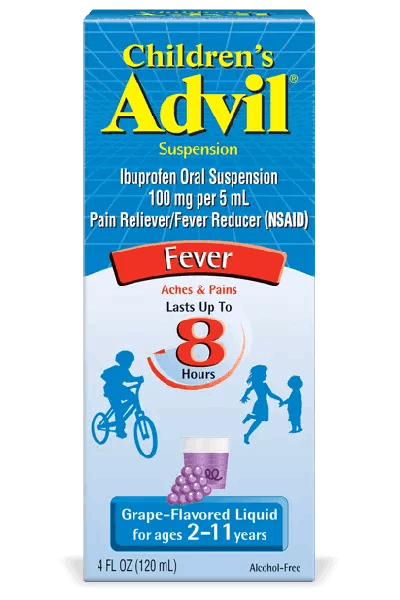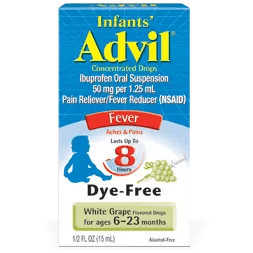Taking a temperature rectally is the most accurate way to measure a true body temperature. However, measuring a child's temperature orally or using an ear thermometer is also considered a reasonably reliable option. No matter which option you choose, be sure to clean the tip of the thermometer with soap and lukewarm water before using.
The Different Methods:
Rectal (for children 3 years old and younger)
Coat the bulb end of a digital thermometer with petroleum jelly. Place your child (stomach down) over your lap, holding the child's bottom, and slowly insert the thermometer about 1/2 inch to 1 inch into the anal canal. Keep the thermometer in place for 2 minutes. A rectal temperature reading is generally 1 degree Fahrenheit (about 0.5 degree Celsius) higher than an oral reading. If your child is 2 months old or younger and has a rectal temperature of 100.4°F or higher, call your doctor immediately*.
Remember to appropriately label your thermometers for oral or rectal use.
Oral (for children ages 4 and older)
Wait at least 15 minutes after your child drinks hot or cold liquids before taking his or her temperature because this may alter the results. Slowly insert the tip of the digital thermometer under the tongue. Have your child hold the thermometer in place by keeping his or her lips closed — without biting it — for about 2 or 3 minutes.
Remember to appropriately label your thermometers for oral or rectal use.
Inside the Ear (for children ages 6 months and older)
Follow the manufacturer's instructions and make sure to use any disposable plastic sleeves or cover that may come with it before placing the instrument in the ear canal. Ear thermometers are popular because they take a temperature quickly, sometimes in seconds.
Temporal Artery Thermometers (for children ages 3 months and older)
Temporal artery thermometers employ a non-invasive system that uses advanced infrared technology to measure a child's temperatures with a gentle stroke across the forehead. Although these are simple to use, temporal artery thermometers are still relatively new, and experts continue to assess their accuracy compared with other options.
Axillary or Under the Arm (for children of any age)
Place the bulb of the digital thermometer under your child's armpit, making sure the arm rests snugly against the body. Wait 3 to 4 minutes before removing. An axillary reading is generally 1 degree Fahrenheit (about 0.5 degree Celsius) lower than an oral reading.**
Temperature Strips (for children ages 3 months and older)
These strips contain liquid crystals that react to heat when the strip is applied to a child's forehead. Simply apply a temperature strip to the forehead, and the strip will register body temperature by changing color. Remember, temperature strips are not precise so if you need an exact temperature reading, use a digital or glass thermometer instead. Furthermore, temperature strips are not recommended for newborns.
*American Academy of Pediatrics
** Mayo Clinic








